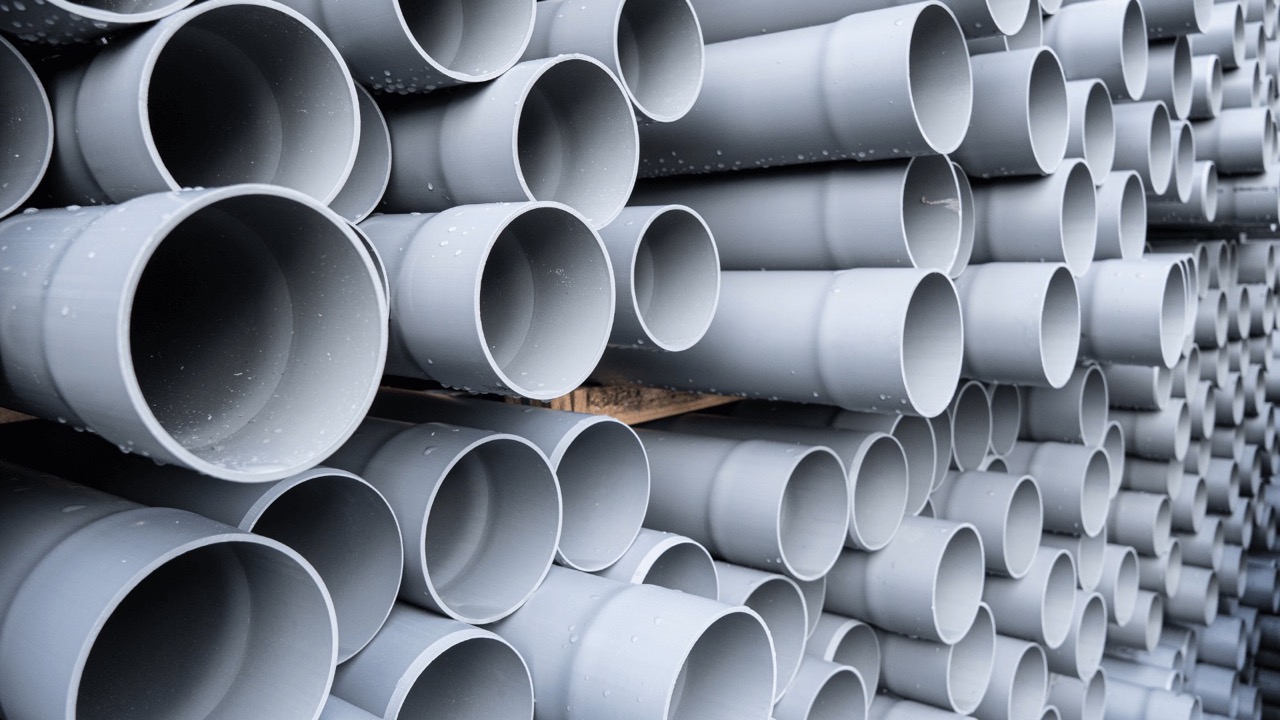

Articles
What Does PVC Mean In Plumbing
Modified: January 8, 2024
Discover the meaning of PVC in plumbing and learn how it's used in plumbing articles. Find all the information you need about PVC in our comprehensive guide.
(Many of the links in this article redirect to a specific reviewed product. Your purchase of these products through affiliate links helps to generate commission for Storables.com, at no extra cost. Learn more)
Introduction
In the world of plumbing, PVC is a term that is frequently mentioned. But what exactly does it mean? PVC, or polyvinyl chloride, is a versatile thermoplastic material that has become synonymous with plumbing applications. PVC pipes and fittings are widely used for various plumbing installations, from residential to commercial projects.
In this article, we will explore the meaning of PVC in plumbing, its advantages and disadvantages, common applications, and some health and environmental concerns associated with its use. We will also provide some insights on how to work with PVC in plumbing projects.
So if you’re curious about PVC and its role in plumbing, read on to discover the ins and outs of this widely-used material!
Key Takeaways:
- PVC, or polyvinyl chloride, is a versatile and durable material widely used in plumbing for water supply, drainage, irrigation, and more. Its affordability, ease of installation, and resistance to corrosion make it a go-to choice for various plumbing applications.
- While PVC offers numerous advantages such as durability, affordability, and chemical resistance, it’s important to consider potential drawbacks and environmental concerns. Careful planning, proper installation, and adherence to safety guidelines are crucial for utilizing PVC effectively in plumbing projects.
Read more: What Does FHT Mean In Plumbing
Definition of PVC
PVC, short for polyvinyl chloride, is a synthetic thermoplastic polymer that is commonly used in a wide range of industries, including plumbing. It is derived from vinyl chloride monomers through a polymerization process, resulting in a rigid and durable material.
With its unique chemical properties, PVC has become a popular choice for plumbing applications. It is known for its high strength, durability, and resistance to corrosion and chemicals. PVC pipes and fittings are easy to work with and offer excellent versatility, making them suitable for various plumbing installations.
PVC is available in different forms, including rigid PVC (also known as uPVC or unplasticized PVC) and flexible PVC (known as PVC-P). Rigid PVC is commonly used for water supply lines, drainage systems, and underground plumbing. Flexible PVC, on the other hand, is often used for applications that require more flexibility, such as irrigation systems and pool plumbing.
It’s worth noting that PVC is a type of plastic, which means it is not biodegradable. While this can raise concerns about its impact on the environment, PVC can be recycled and repurposed into new products, reducing its environmental footprint.
Overall, PVC is a versatile and reliable material that has revolutionized the plumbing industry. Its unique properties make it an ideal choice for various plumbing applications, providing a durable and long-lasting solution.
PVC in Plumbing
PVC has become a staple material in the plumbing industry due to its numerous advantages. Its versatility, affordability, and ease of installation have made it the go-to choice for plumbers and homeowners alike.
One of the primary uses of PVC in plumbing is for water supply lines. PVC pipes can handle both cold and hot water, making them suitable for both residential and commercial applications. They are available in various sizes and thicknesses to accommodate different water pressure requirements.
PVC pipes are also commonly used for drainage systems. Their smooth interior surface allows for efficient water flow and minimizes the risk of clogs. Additionally, PVC is resistant to chemicals and corrosion, ensuring long-lasting performance even in harsh environments.
Another area where PVC shines is in irrigation systems. Its flexibility allows for easy installation around obstacles and tight spaces, making it an ideal choice for watering gardens and lawns. PVC is also resistant to damage from sunlight, ensuring its durability in outdoor applications.
PVC fittings play a crucial role in plumbing installations. They allow for easy connection and disconnection of pipes, ensuring a leak-free system. PVC fittings come in a variety of shapes, including elbows, tees, couplings, and reducers, providing flexibility in designing plumbing layouts.
In addition to its usage in water supply lines, drainage systems, and irrigation, PVC can also be found in plumbing vent stacks and sewer lines. Its ability to withstand pressure and resist chemical reactions makes it an excellent choice for these applications.
Overall, PVC’s versatility and reliability have made it a mainstay in the plumbing industry. Its characteristics make it an ideal material for various plumbing applications, providing efficient water supply, effective drainage, and hassle-free installations.
Advantages of PVC in Plumbing
PVC pipes and fittings offer numerous advantages in plumbing installations. Here are some key benefits:
- Durability: PVC is a highly durable material, resistant to abrasion, impact, and corrosion. It can withstand harsh environmental conditions, making it ideal for long-lasting plumbing systems.
- Lightweight: PVC pipes are lightweight, making them easy to handle and install. This reduces the labor and effort required during plumbing projects.
- Affordability: PVC is a cost-effective option compared to other plumbing materials such as copper or stainless steel. It is readily available and competitively priced, making it a popular choice for both homeowners and professionals.
- Easy Installation: PVC pipes and fittings are designed for easy installation. They can be cut, glued, or connected using various methods without the need for specialized tools or equipment.
- Chemical Resistance: PVC is highly resistant to chemicals commonly found in plumbing systems, such as acids, alkalis, and household cleaners. This ensures the longevity and reliability of the plumbing system.
- Smooth Surface: PVC pipes have a smooth interior surface, reducing friction and allowing for efficient water flow. This minimizes the risk of clogs and blockages, resulting in a more reliable plumbing system.
- Insulation Properties: PVC pipes have excellent insulation properties, helping to maintain the temperature of the water flowing through them. This can be beneficial for both hot and cold water supply lines.
- Resistance to Scaling: PVC is resistant to scaling and buildup, which is common in older plumbing systems. This minimizes the need for frequent maintenance and ensures consistent water flow.
- Longevity: PVC pipes have a long lifespan, with an average expectancy of 50 years or more. This reduces the need for frequent replacements, saving both time and money in the long run.
These advantages make PVC an attractive choice for plumbing installations, providing durability, ease of installation, affordability, and long-term performance.
Common PVC Plumbing Applications
PVC pipes and fittings are used in a wide range of plumbing applications, both in residential and commercial settings. Here are some common uses of PVC in plumbing:
- Water Supply Lines: PVC pipes are commonly used for water supply lines, delivering both cold and hot water to various fixtures and appliances in homes, offices, and commercial buildings.
- Drainage Systems: PVC pipes are widely utilized for drainage systems, effectively removing wastewater from sinks, toilets, showers, and other plumbing fixtures. They provide smooth water flow and prevent clogging.
- Irrigation Systems: PVC pipes are popular in irrigation systems, used to deliver water to gardens, lawns, and agricultural fields. Their flexibility allows for easy installation and maintenance of sprinklers and drip irrigation systems.
- Swimming Pool Plumbing: PVC is commonly used in swimming pool plumbing, including the circulation and filtration systems. It is resistant to chemicals and can handle the pressure associated with pool water circulation.
- Plumbing Vent Stacks: PVC pipes are used in plumbing vent stacks to allow proper ventilation and prevent the buildup of gases in the plumbing system. These vent pipes ensure the efficient and safe operation of the plumbing system.
- Sewer Lines: PVC pipes are suitable for sewer lines, ensuring the proper disposal of wastewater and preventing leaks or blockages. They are resistant to the chemicals and pressure associated with sewer systems.
- Storm Drainage Systems: PVC pipes are commonly utilized in storm drainage systems, efficiently channeling rainwater away from buildings and roads to prevent flooding or water damage.
- Septic Systems: PVC pipes are often used in septic systems to transport wastewater from homes or buildings to the septic tank and drain field. PVC’s durability and resistance to chemicals make it an ideal choice for septic plumbing.
- Underground Plumbing: PVC pipes are commonly used for underground plumbing installations, as they are resistant to external factors such as weather, soil movement, and chemicals. They provide a reliable and durable solution for underground plumbing systems.
These are just a few examples of the many applications of PVC in plumbing. Its versatility, durability, and ease of installation make it a preferred choice for a wide range of plumbing projects.
PVC stands for polyvinyl chloride, a type of plastic commonly used in plumbing for its durability and resistance to corrosion. It is often used for drain, waste, and vent (DWV) systems, as well as for water supply lines. When working with PVC pipes, be sure to use the appropriate solvent cement and primer for a secure and leak-free connection.
Read more: What Does “Plumb” Mean In Construction
Disadvantages of PVC in Plumbing
While PVC pipes and fittings have many advantages, it is important to consider some of their potential drawbacks in plumbing applications:
- Temperature Limitations: PVC pipes may not be suitable for very high-temperature applications or environments. They have a lower melting point compared to other materials like copper, which limits their use in certain scenarios.
- Brittleness: PVC can become brittle over time, especially when exposed to extreme temperatures or UV radiation. This can lead to cracks or fractures in the pipes, requiring repairs or replacements.
- Low Pressure Tolerance: PVC pipes have a lower pressure tolerance compared to materials like copper or steel. They may not be suitable for applications that require high water pressure, such as large commercial buildings or industrial settings.
- Plasticizer Leaching: In some cases, PVC pipes may contain plasticizers, which can potentially leach into the water supply. While modern PVC pipes are generally considered safe, it is important to ensure the pipes meet relevant standards and regulations.
- Environmental Impact: PVC is a type of plastic that is not biodegradable. When disposed of improperly, it can contribute to environmental pollution. However, PVC can be recycled, which helps mitigate its environmental impact.
- Noisy: PVC pipes can be noisier than other plumbing materials, especially when water is flowing rapidly through them. This can be mitigated by properly securing the pipes and using insulation materials where necessary.
- Joining Challenges: Joining PVC pipes requires the use of solvents and adhesives. While this is generally a straightforward process, it can be challenging for inexperienced individuals or in tight spaces, resulting in potential leaks if not done correctly.
- Not Suitable for Hot Water: While PVC pipes can handle hot water, they may not be as suitable as materials like copper or PEX for very high-temperature applications. Extreme heat can cause the PVC pipes to warp or degrade over time.
These disadvantages should be taken into consideration when choosing the appropriate plumbing material for a specific project. It’s important to weigh the advantages and disadvantages and consider the specific requirements and conditions of the plumbing system.
Health and Environmental Concerns with PVC
While PVC pipes and fittings are widely used in plumbing due to their benefits, there are some health and environmental concerns associated with their use:
- Chemical Additives: PVC pipes may contain chemical additives such as plasticizers, stabilizers, and pigments. Some of these additives have raised concerns about their potential health effects and environmental impact.
- Plasticizer Leaching: Certain plasticizers used in PVC pipes, such as phthalates, have been found to migrate from the pipes into the water supply. These plasticizers have come under scrutiny due to their potential endocrine-disrupting properties.
- Environmental Pollution: PVC is not biodegradable and can contribute to environmental pollution if not properly managed. Improper disposal or incineration of PVC products can release harmful chemicals and pollutants into the air and soil.
- Chlorinated Water: PVC pipes can react with chlorinated water, resulting in the release of certain compounds, including chlorinated dioxins. These compounds are considered persistent organic pollutants (POPs) and have raised concerns about their potential health and environmental impacts.
- Manufacturing Process: The production of PVC involves the use of certain chemicals and energy-intensive processes. This can contribute to air and water pollution, as well as greenhouse gas emissions, during the manufacturing phase.
- Recycling Challenges: While PVC can be recycled, the process can be challenging and costly due to the presence of additives and contaminants. This can result in limited recycling options and the potential for PVC products to end up in landfills.
- Sustainable Alternatives: Due to the environmental concerns associated with PVC, there is a growing demand for sustainable alternatives in plumbing. Materials like copper, PEX (cross-linked polyethylene), and HDPE (high-density polyethylene) are often considered as more environmentally friendly options.
It is important to note that regulations and standards have been put in place to ensure the safety of PVC products for use in plumbing applications. Choosing PVC products that meet relevant industry standards and following recommended installation and maintenance practices can help mitigate potential risks.
Additionally, advancements in PVC manufacturing, such as the use of alternative additives and improved recycling techniques, are being explored to reduce the health and environmental concerns associated with its use.
How to Work with PVC in Plumbing
Working with PVC pipes and fittings in plumbing projects is relatively straightforward. Here are some key steps to consider:
- Planning: Before starting any plumbing project, carefully plan and measure the required pipe lengths, fittings, and connections. Create a detailed layout and consider any obstacles or challenges that may arise.
- Cutting: To cut PVC pipes, use a PVC pipe cutter or a hacksaw with a fine-tooth blade. Measure and mark the pipe at the desired length, then make a smooth, straight cut. Ensure that the cut is square to ensure proper and secure fitting connections.
- Deburring: After cutting the PVC pipes, use a deburring tool or sandpaper to remove any rough edges or burrs. This will ensure a proper and snug fit when connecting the pipes with fittings.
- Cleaning: Before joining PVC pipes and fittings, make sure to clean the ends of the pipes and the interior of the fittings. Use a PVC cleaner or primer to remove dirt, grease, and any debris that may interfere with the adhesive bond.
- Applying Adhesive: Apply a PVC solvent cement or adhesive to both the pipe end and the fitting socket. Make sure to apply a thin and even layer to ensure a proper seal. Follow the manufacturer’s instructions for the specific adhesive being used.
- Assembling: Join the pipe and fitting together while the adhesive is still wet. Push the pipe firmly into the fitting socket and hold it in place for a few seconds to allow the adhesive to set. Make sure the pipe is aligned correctly to avoid any misalignments or leaks.
- Curing Time: Allow sufficient curing time for the adhesive to fully set and create a strong bond. The exact curing time will depend on the specific adhesive being used. Avoid putting pressure or stressing the joint until the adhesive is fully cured.
- Testing: After completing the plumbing installation, test the joints and connections for leaks. Fill the system with water and observe for any signs of leakage. Address any leaks immediately by either reapplying adhesive or replacing faulty components.
- Insulation: Consider insulating the PVC pipes, especially in cold climates or areas prone to condensation. Pipe insulation can help prevent freezing and reduce condensation, protecting the pipes and maximizing their lifespan.
It’s important to follow all safety guidelines and manufacturer recommendations when working with PVC pipes and fittings. Wear appropriate protective gear, such as gloves and safety glasses, and ensure proper ventilation when working with solvents or adhesives.
By following these steps and taking necessary precautions, you can successfully work with PVC in plumbing projects and ensure a reliable and long-lasting plumbing system.
Conclusion
PVC, or polyvinyl chloride, has become an integral part of the plumbing industry due to its versatility, durability, and ease of installation. PVC pipes and fittings are commonly used for various plumbing applications, including water supply lines, drainage systems, irrigation, and more.
While there are certain disadvantages and concerns associated with PVC, such as temperature limitations, potential chemical leaching, and environmental impact, it is important to consider these factors in conjunction with the numerous advantages that PVC offers.
Advantages of PVC in plumbing include its durability, affordability, resistance to chemicals and corrosion, ease of installation, and longevity. PVC pipes and fittings come in different sizes and types to accommodate different plumbing needs.
Working with PVC in plumbing projects requires careful planning, accurate measurements, proper cutting and deburring, cleaning of pipe ends and fittings, application of adhesive, and allowing sufficient curing time. Testing the plumbing system for leaks and considering insulation are also crucial steps.
As advancements in PVC manufacturing continue and alternative materials gain popularity, it is important to stay informed about the latest developments in the plumbing industry. By making well-informed choices and following recommended practices, PVC can be used safely and effectively in plumbing installations.
In conclusion, PVC remains a reliable and widely-used material in the plumbing industry, providing efficient water supply, effective drainage, and ease of installation. With proper care and attention to potential concerns, PVC can continue to serve as a valuable solution for various plumbing needs.
Frequently Asked Questions about What Does PVC Mean In Plumbing
Was this page helpful?
At Storables.com, we guarantee accurate and reliable information. Our content, validated by Expert Board Contributors, is crafted following stringent Editorial Policies. We're committed to providing you with well-researched, expert-backed insights for all your informational needs.
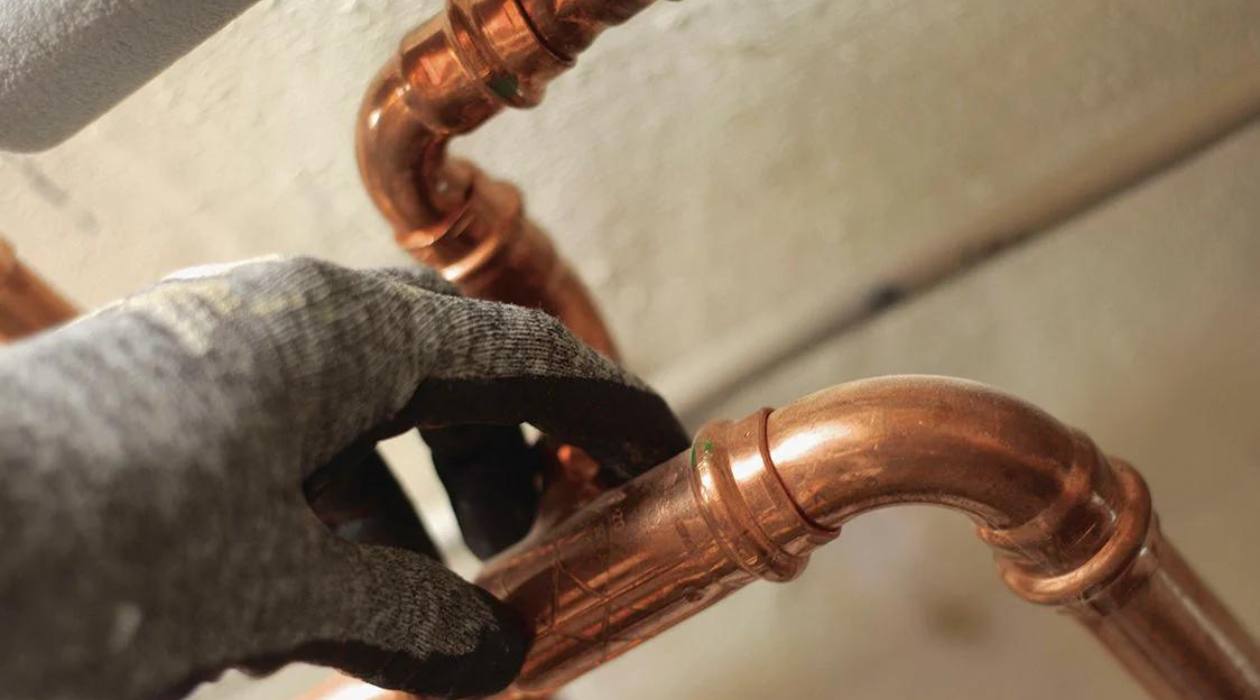
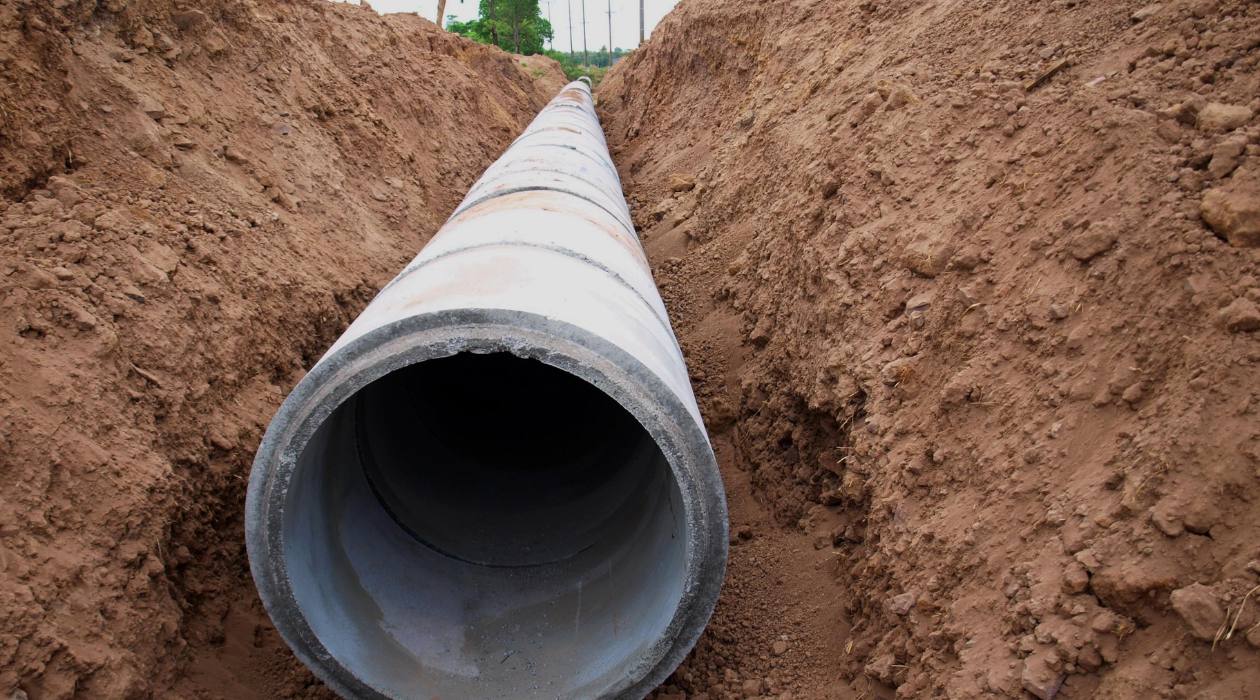
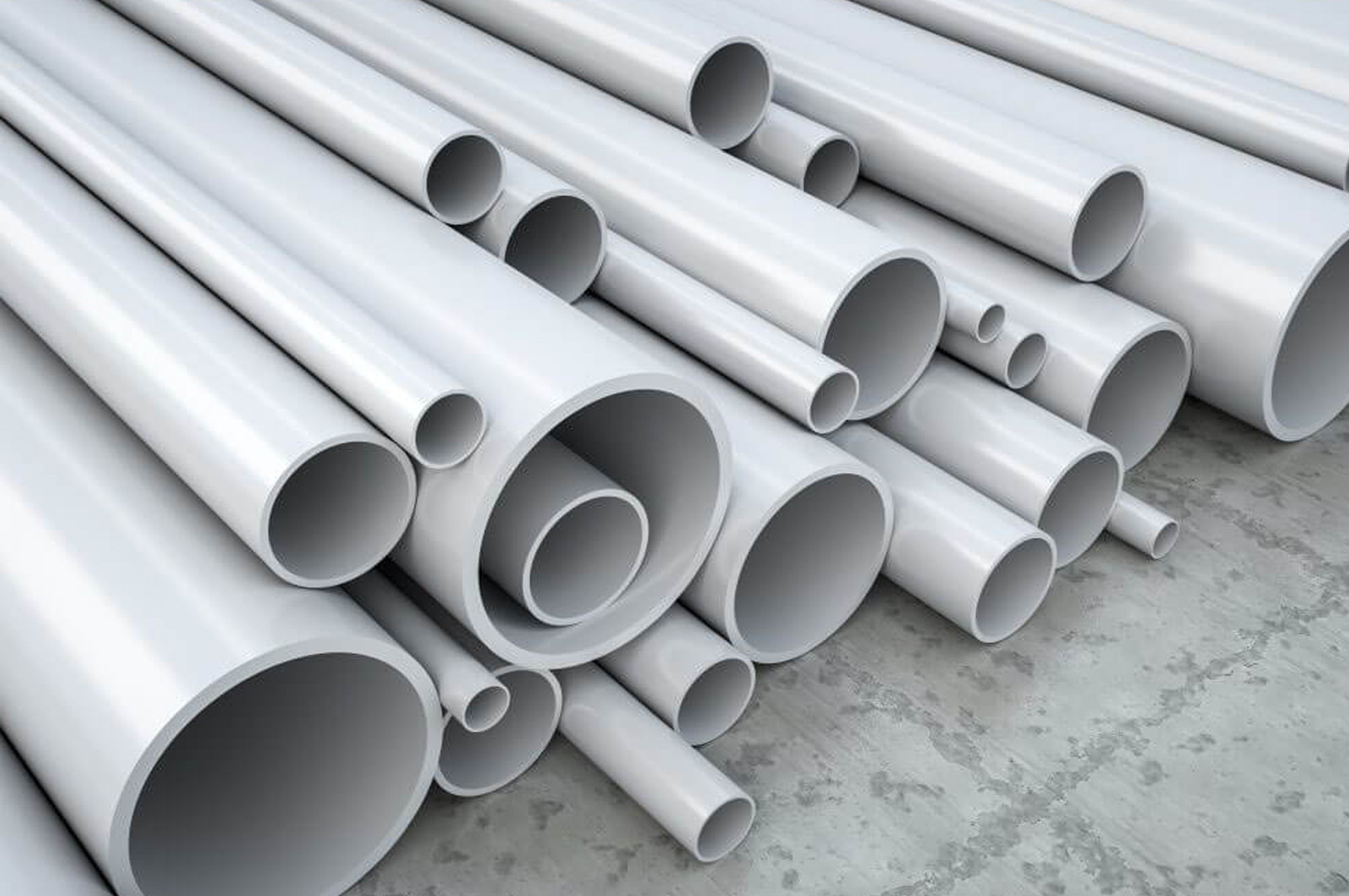
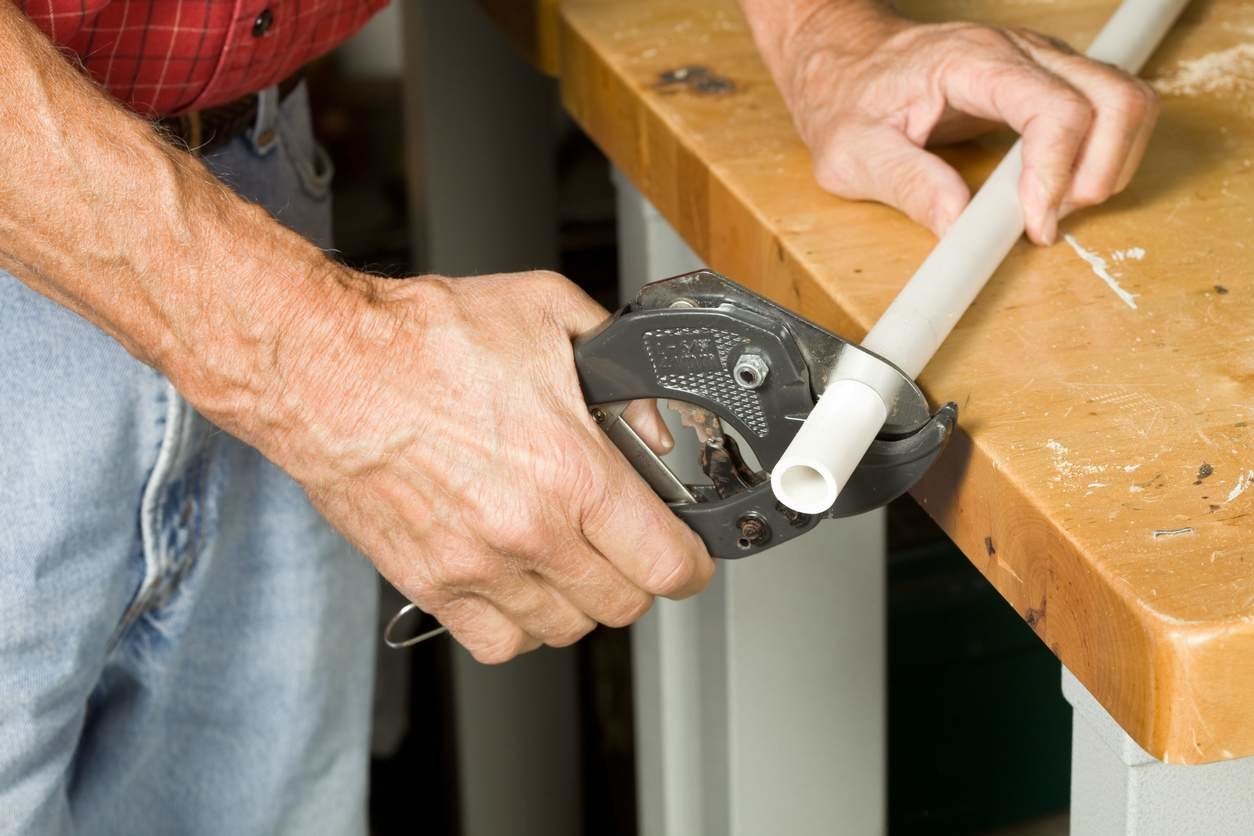
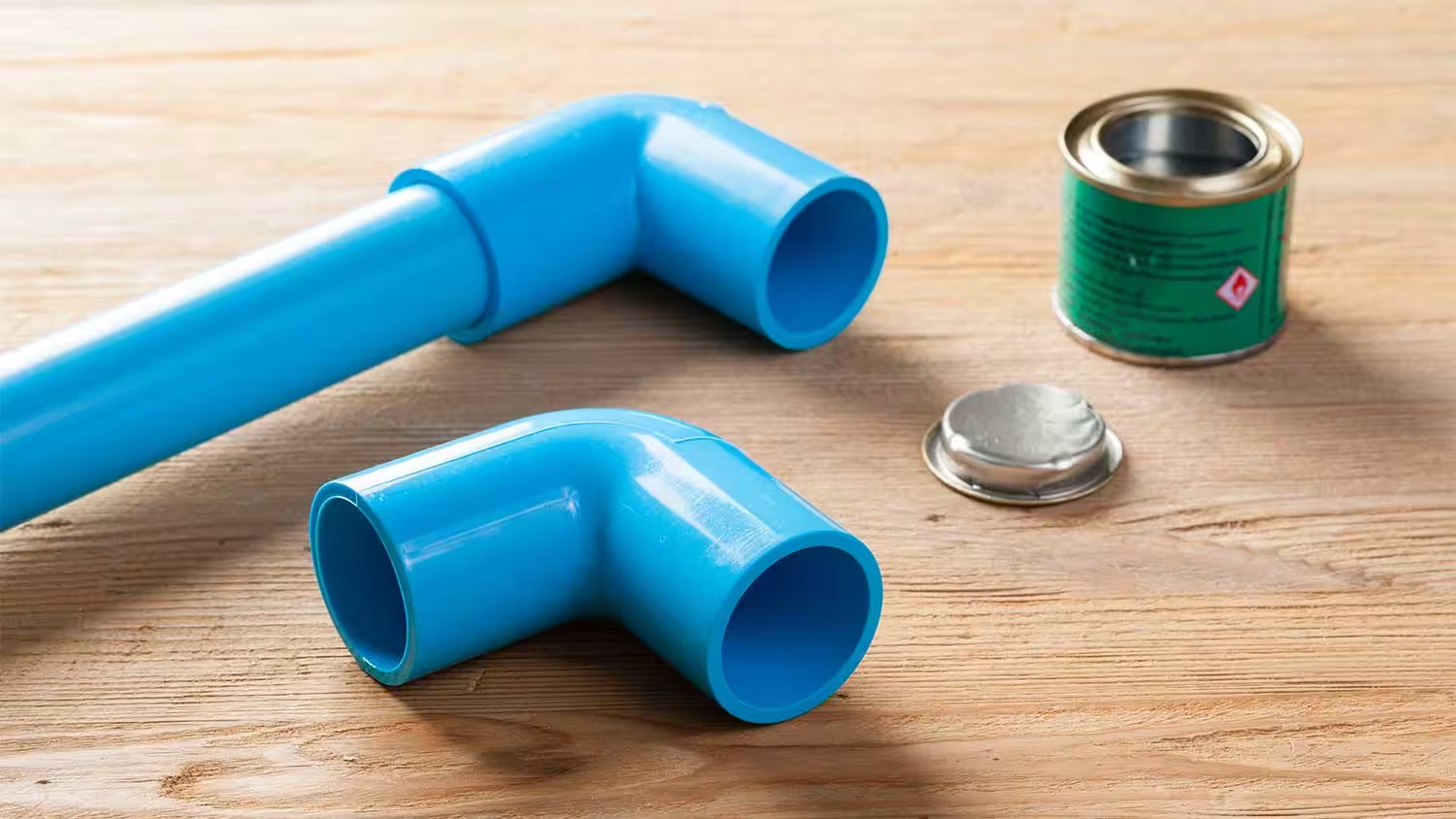
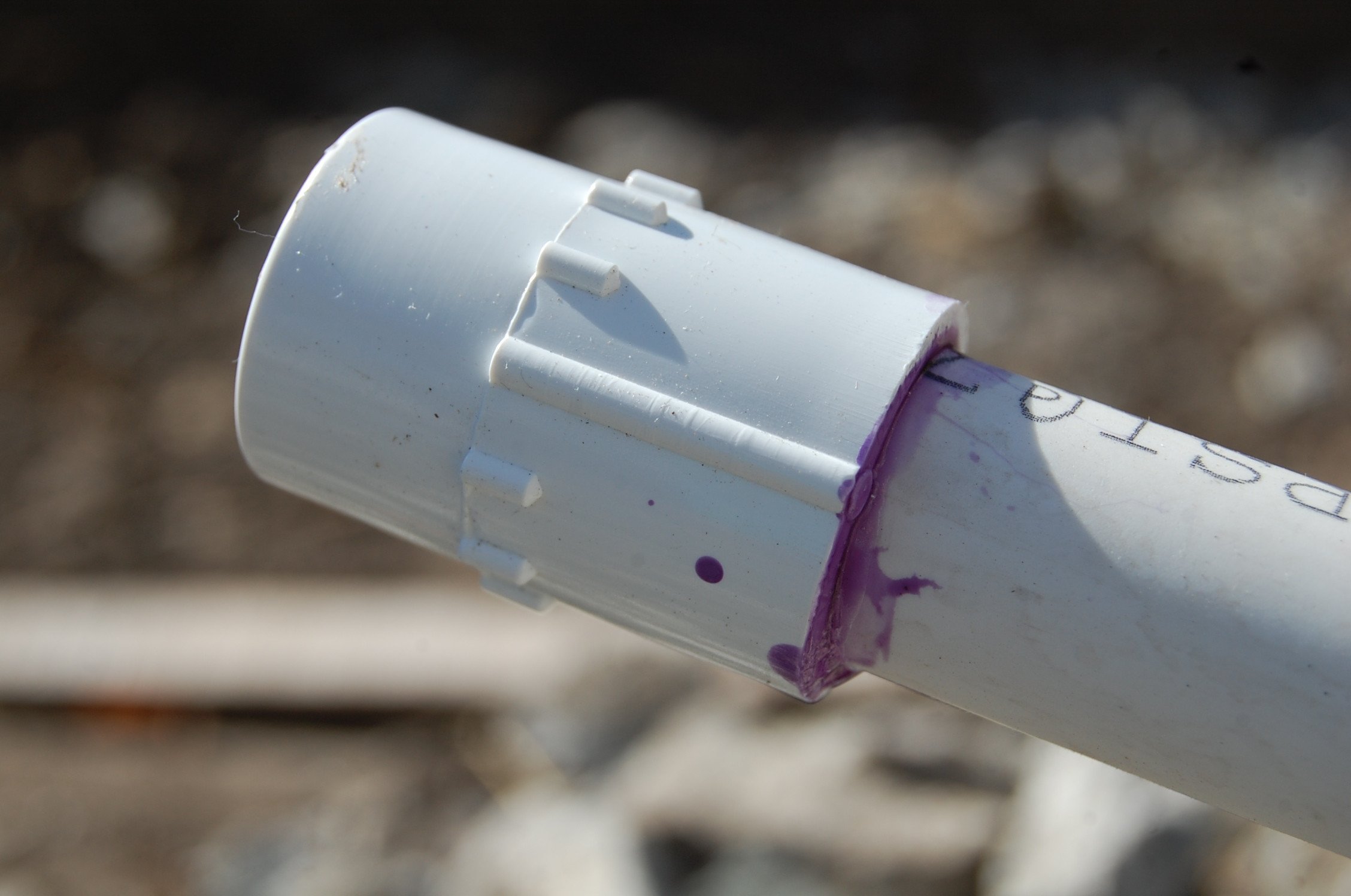
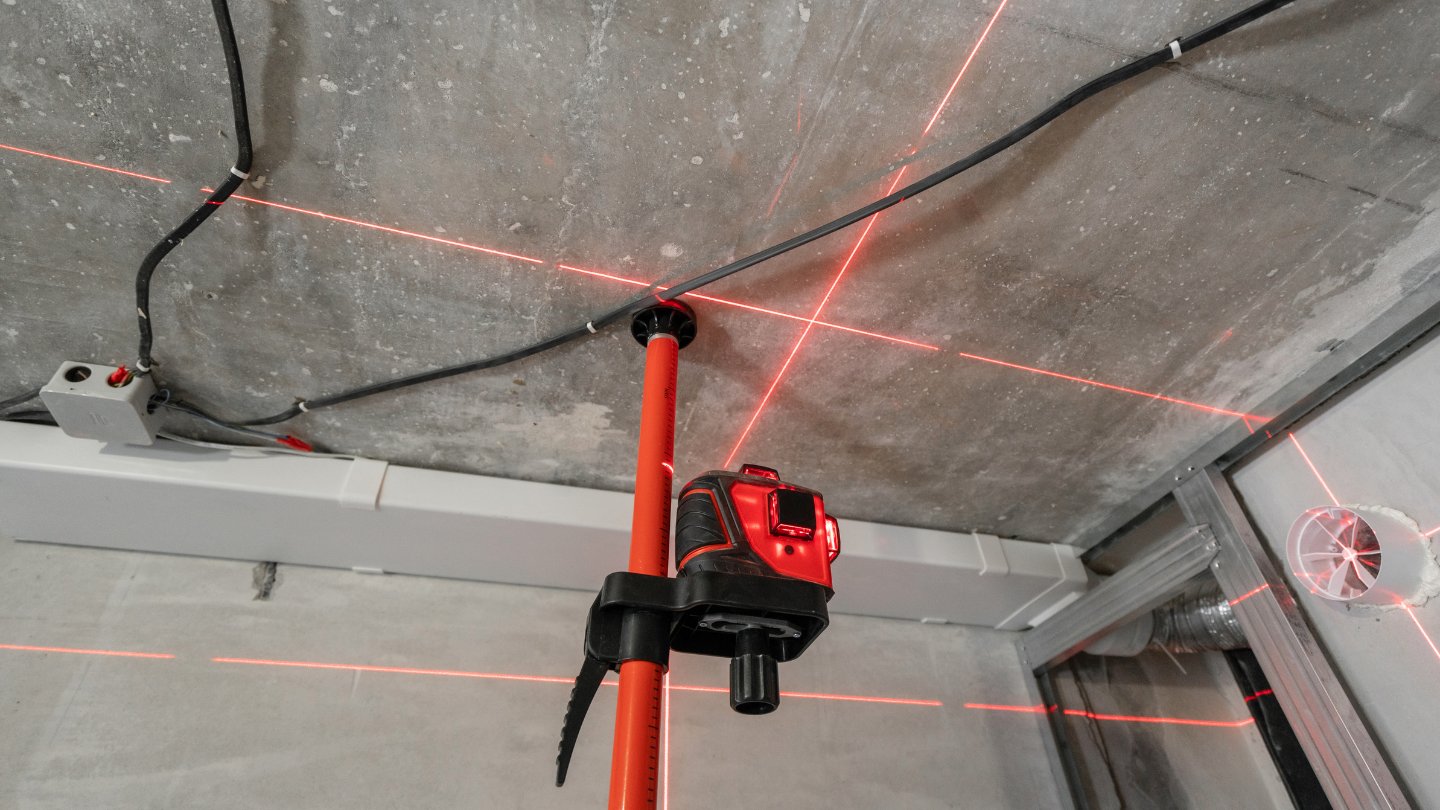
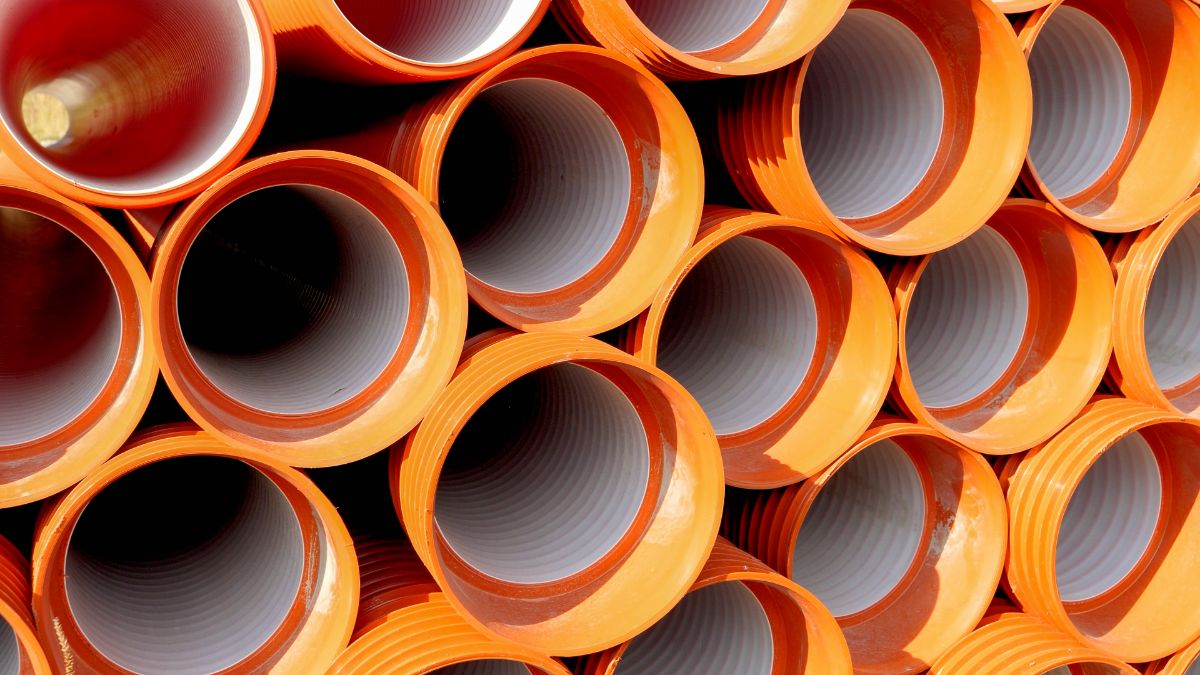


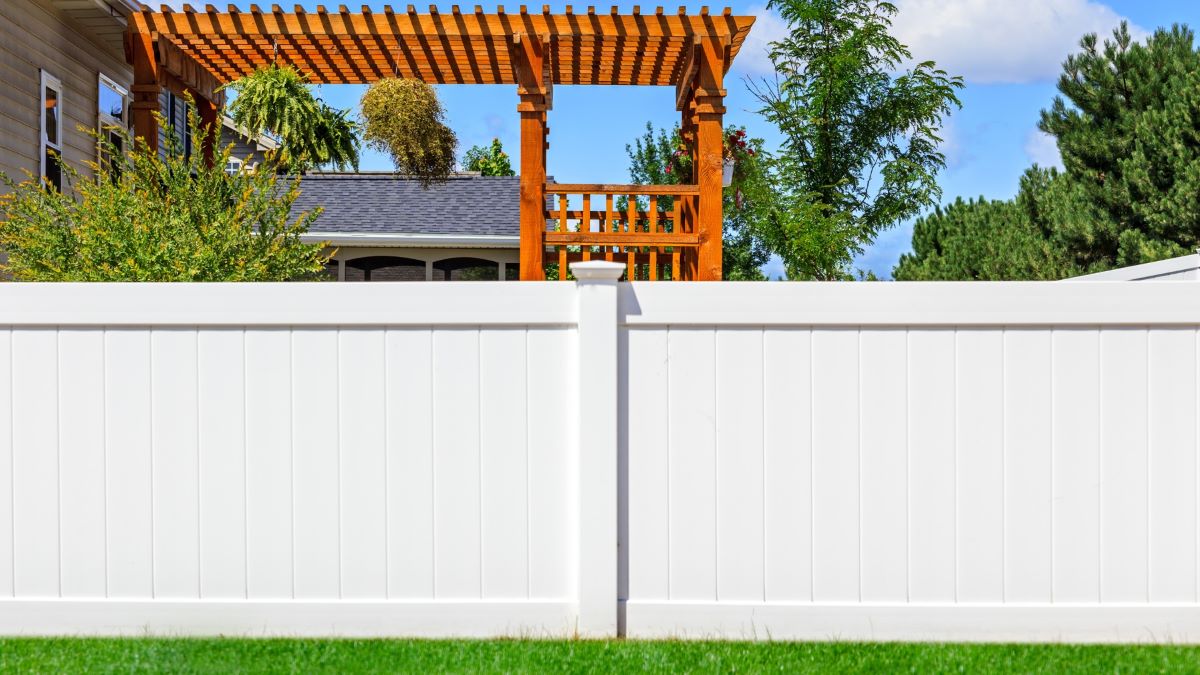


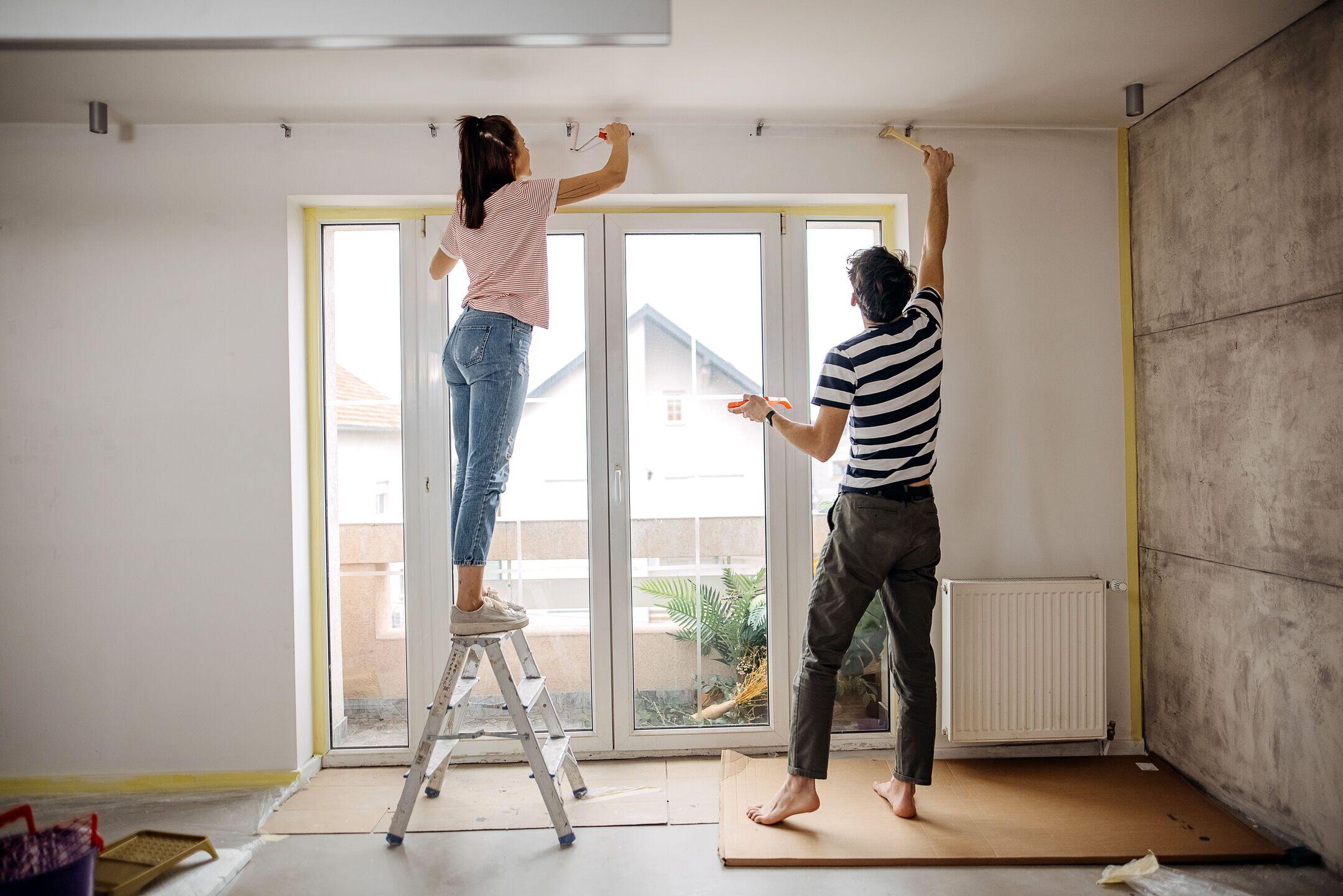

0 thoughts on “What Does PVC Mean In Plumbing”